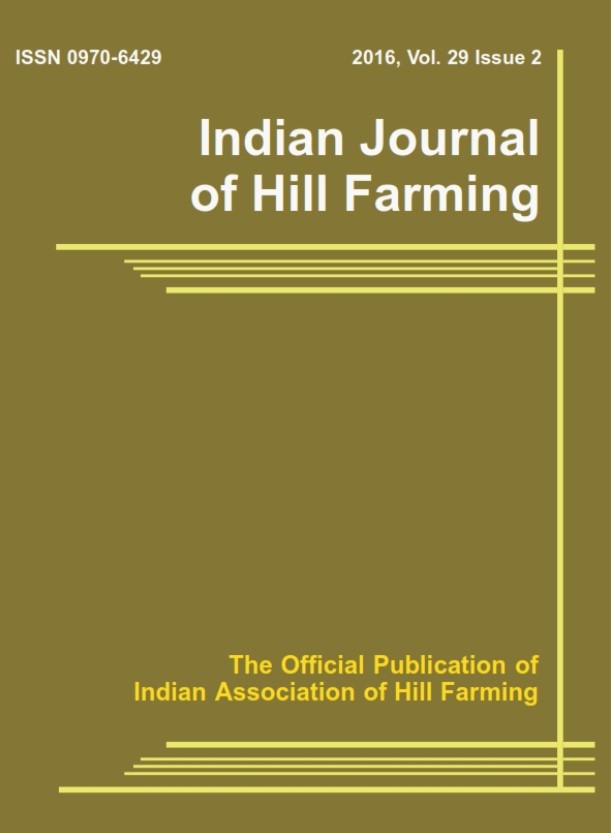Diversification of Agroforestry Systems in Navsari District of South Gujarat
DOI:
https://doi.org/10.56678/Keywords:
agroforestry diversification Gujarat livelihoodsAbstract
Agroforestry have the potential to meet the ever increasing demand for diversified products such as food, fiber, fodder, fruit, fuel and timber. Challenges in diversification of existing farming systems warrants development of suitable agroforestry models for popularization and further adoption by the farmer. A survey taken in five talukas of Navsari district (Navsari, Gandevi, Jalalpore, Chikhli and Vansda) during 2015-16 to document the prevailing agroforestry systems revealed that the farmers prominently adopted five types of agroforestry systems viz., Agri-silvi-horticulture (ASH) Agri-silviculture (AS) Agri-horticulture (AH), Homegardens (HG) and Horti-pasture (HP) according to household requirements and livelihood security. The common systems recorded in these villages were mango+rice, sugarcane+teak (boundary plantation), vegetables crop+mango+teak (on boundary), sapota+grass. Homegardens were restricted to Gandevi and Chikhli taluka only. The hilly tract of Vandsa taluka had Eleusina coracana+teak (boundary plantation), rice+Terminalia tomentosa, Eleusina coracana+Terminalia tomentosa (boundary plantation) systems. This clearly showed that the selection of intercrops depends mainly on edapho-climatic conditions of the area, farmer’s preferences, resource availability and their utilization pattern in a sequence in order to enhance diversification and achieve resilience in the existing farmland.
Downloads
Published
Issue
Section
License

This work is licensed under a Creative Commons Attribution-NonCommercial-NoDerivatives 4.0 International License.




